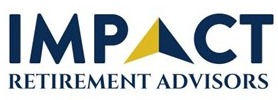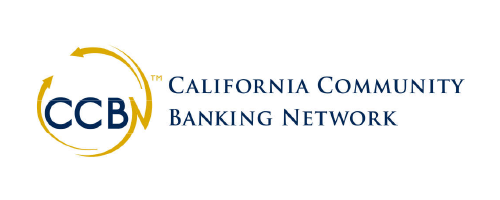SECURE 2.0: What Bankers Need to Know About the Future of 401(k)s
By CCBN Preferred Service Provider (PSP) 
SECURE 2.0: What Bankers Need to Know About the Future of 401(k)s
Whether you’re working directly with business clients, managing commercial banking relationships, or overseeing your own institution’s employee benefits, SECURE 2.0 is starting to change the landscape of 401(k) plans in meaningful ways. Understanding these changes now will help you guide your clients—and your bank—through what’s ahead.
What is SECURE 2.0?
You may remember the original SECURE Act from 2019, which was a big step toward making retirement plans more accessible. SECURE 2.0, passed at the end of 2022, builds on that foundation with over 90 new provisions. Many of these focus on 401(k) plans, with the goal of helping more Americans save for retirement and improving overall outcomes.
How Does This Impact 401(k)s—and Why Should Banks Care?
1. Automatic Enrollment Becomes the Norm Starting in 2025, most new 401(k) and 403(b) plans will need to automatically enroll employees, starting at a 3% contribution that will gradually increase to at least 10% over time. Why it matters: This means businesses can’t treat retirement plans as an optional add-on anymore—they’ll have to design plans that meet these requirements. Banks have an opportunity to step in, helping clients understand what’s required and how to comply smoothly.
2. Student Loan Payments Can Count Toward Matching Beginning in 2024, employers can offer a 401(k) match based on employees’ student loan payments. Why it matters: This can be a powerful tool for businesses looking to attract and keep younger workers. Banks can advise clients on how to use this to their advantage or even incorporate it into their own hiring strategies.
3. More Support for Small Businesses For businesses with fewer than 50 employees, tax credits now cover the entire cost of setting up a retirement plan—up to $5,000 per year—plus additional credits for employer
contributions. Why it matters: Lowering startup costs means more small businesses can join the retirement plan landscape. Banks can introduce easy-to-implement 401(k) options, helping these clients get started without hassle.
4. Emergency Savings Inside 401(k)s Plans will be allowed to include emergency savings accounts starting in 2024, letting participants withdraw up to $1,000 per year penalty-free. Why it matters: Liquidity worries keep many employees from saving. This new feature helps ease those concerns and gives banks a chance to promote financial wellness through education and tailored solutions.
5. Required Minimum Distribution (RMD) Age Rises The age at which retirees must start taking RMDs has increased to 73 in 2023, with plans to raise it again to 75 by 2033. Why it matters: More time in tax-deferred accounts changes retirement income planning for everyone involved. This presents a fresh opportunity for banks and advisors to guide clients through evolving strategies.
Final Thoughts: Where Does Your Bank Fit In?
SECURE 2.0 is more than just a regulatory update—it signals a shift in how retirement plans will operate going forward. For banks, this means moving beyond traditional product offerings and stepping into a more active role in advising clients. The institutions that get ahead of these changes, offering clear guidance and practical solutions, will be better positioned to support their clients’ success.
The real question now is: how will your bank respond? Will you watch these changes from the sidelines, or lead your clients confidently through them?
By staying informed and proactive, you can help your clients—and your institution—navigate these changes with confidence and clarity.
DISCLOSURES
The views, opinions and content presented are for informational purposes only. Advisory services offered through Impact Retirement Advisors, LLC., an Investment Adviser registered with the U.S. Securities & Exchange Commission. The information is not intended to be, and should not be considered as, impartial investment advice or an offering of investment advisory services. The information contained herein may be subject to change at any time without notice. Past performance is not indicative of future results.
